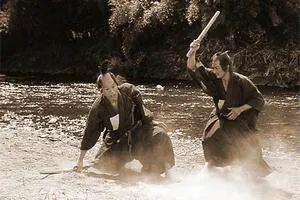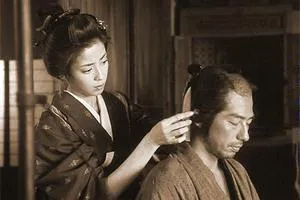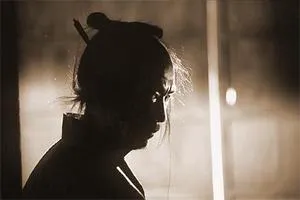The Twilight Samurai: A Portrait of Integrity
There’s long been a suspicion that the samurai code is merely a comprehensive description of an intelligent person, something sought after but never quite found. The Western concept of the intelligentsia has always been difficult to reconcile with the Far East, despite early attempts by figures like Carl Jung to bridge the gap. However, Yoji Yamada’s “The Twilight Samurai” offers such a vivid portrayal, reminiscent of how Satyajit Ray’s “Charulata” (a film he considered his best) approached it four decades prior.
Yamada, known for directing the longest-running film series in history (“Tora-san”), perhaps intentionally delves into historical fiction with his 77th film.

Echoes of the Past
While Shuhei Fujisawa’s short stories may not mirror the intellectual symbolism of Chekhov or the works of Akutagawa Ryunosuke, there’s a connection. Akutagawa’s suicide coincided with Fujisawa’s birth, and the adaptation of these stories seems to encompass both their lives. The narrative unfolds around 1860, the birth year of Chekhov, as the Meiji era neared its end in Japan, with the shogunate’s power waning by 1867.
A Missed Opportunity?
The only significant flaw in “The Twilight Samurai” is that the protagonist’s major life changes occur in the prologue, epilogue, and narration. Within the film’s main timeline, despite the climactic battle, his life remains largely static. While this might be interpreted as a character trait, it feels like a missed opportunity. Yamada may have been hesitant to disrupt the delicate tone, but a true samurai wouldn’t shy away from change. Conversely, Jim Jarmusch’s attempts to inject constant change into Forest Whitaker’s character in “Ghost Dog” resulted in a Hollywood veneer over Bushido, which felt equally unnatural.

The Beauty of Simplicity
“The Twilight Samurai” excels in its performances and its depiction of the material world. Without resorting to stylistic tricks, the film presents 19th-century Japanese life with a natural spirituality. In contrast to modern trends of minimalist apartments with heated floors, the historical setting emphasizes harmony with the rainy landscape. The clothing, while uniform and symbolic, feels surprisingly contemporary. The hakama pants and tabi socks are noteworthy, but it’s the imperfections – the torn and dirty socks – that reveal the samurai’s true character and their relationships.
Hiroyuki Sanada, a handsome actor with an intelligent presence, embodies the honorable man in his worn kimono. He is incapable of currying favor to earn a higher salary. He tirelessly worked to pay for his wife’s medical treatment, incurring debt. After her death from tuberculosis, he dedicates himself to his two young daughters and ailing mother, sacrificing his own happiness. Rie Miyazawa, radiant in her expensive kimonos, is equally perceptive. The film portrays the pressures exerted by an inauthentic, non-samurai “social life.” Even Bushido can be twisted to hasten the end of the shogunate. Despite Seibei’s (Sanada) tragic fate, he finds a measure of happiness, even amidst the grim realities of bloated corpses in the river and unpleasant colleagues.

Beyond the Swordfight
Despite being marketed as a sword-fighting epic, with promises of lengthy duels, the film is about much more. The sword fight is not the main point of the movie, and the first half of the movie could be cut if it was. “The Twilight Samurai” earned numerous awards for subverting the notion that victory requires blind rage and a disregard for death. It explores the complexities of embodying the samurai spirit when the very possibility of being a samurai is in question, leading to a victory that cannot be claimed in the traditional sense.
This is not demagoguery.